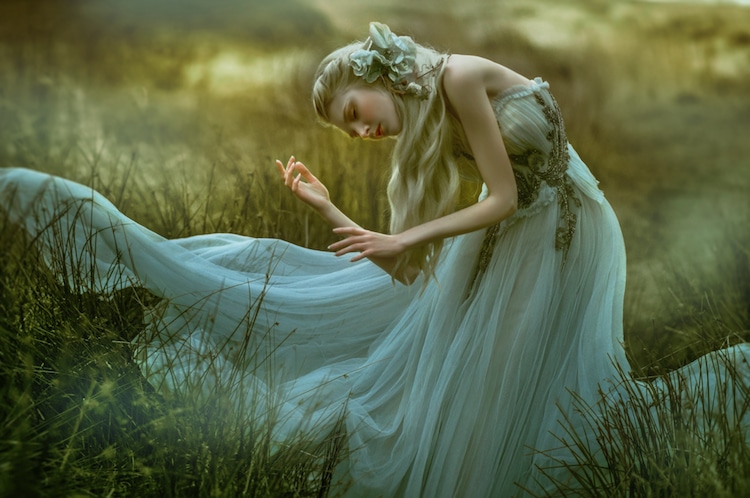
Multi-talented artist Lillian Liu is focused on “creating visual art, music, and education for dreamers.” As both a critically-acclaimed classical pianist and an avant-garde photographer, she has carved out a noteworthy niche for herself in the realm of the arts.
Growing up, Liu primarily concentrated on music. In high school, however, she began a love affair with photography. This dual interest has culminated in twice the success: as a pianist, Liu has received awards and performed on stages all over the world; as a photographer, she exhibits her fantasy-inspired work in galleries and is often invited to “work with numerous iconic creatives from around the globe.”
Recently, we spoke to Liu about her fascinating “photo artistry” and eclectic experiences. In our interview below, we discuss her creative beginnings, fantastical influences, and how her background as a pianist differs from her role as a photographer.
 As a classical and multi-genre pianist, what led you to photography?
As a classical and multi-genre pianist, what led you to photography?
To be honest, photography was an off-the-path experiment that one day steamrolled out of control. And here we are!
I never really gave photographs much thought as a child…but when I was in highschool, a teacher encouraged me to pick up a camera. Although formally enrolled in the school photography class to get access to a camera, I was (more or less) let loose and unchained to do whatever my heart desired to do during that period. It was a taste of freedom for the first time, in a way that let me express all of my feelings through visual arts…which was coincidentally something that I had always wanted to be involved in as a kid, but never had the time to truly explore due to my hours being spent on the piano and violin.
I’ve always wanted to be a painter—and the camera gave me a way to accomplish a part of that dream in a very intimate, yet easily accessible manner. I’m very thankful for the faith that my teacher had in me to not wander off, and in her belief that I needed some moments of self-discovery to be truly content with myself.
Given a broad space to experiment and to play around (and to not have to do a single math equation, hooray!), I would spend this period taking photos of everything that seemed remotely interesting. I was perhaps not the best student, though, upon hindsight, as I refused to read the “excessively boring and bland” manual at the time, and tried to learn through trial and error and the act of simply doing. It is because of this method of self-teaching that I still enjoy to fiddle with things when being introduced to new applications in life.
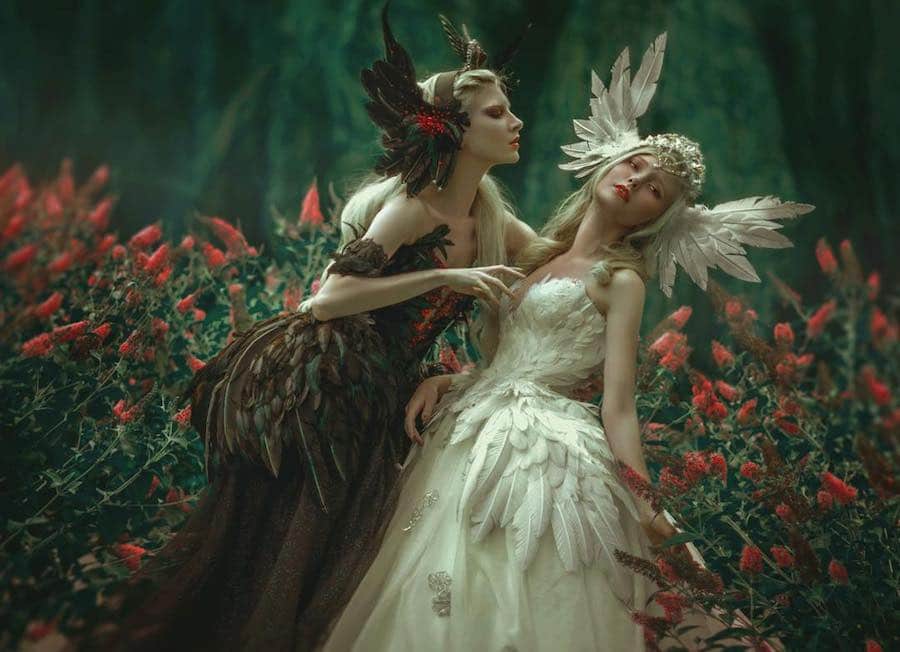
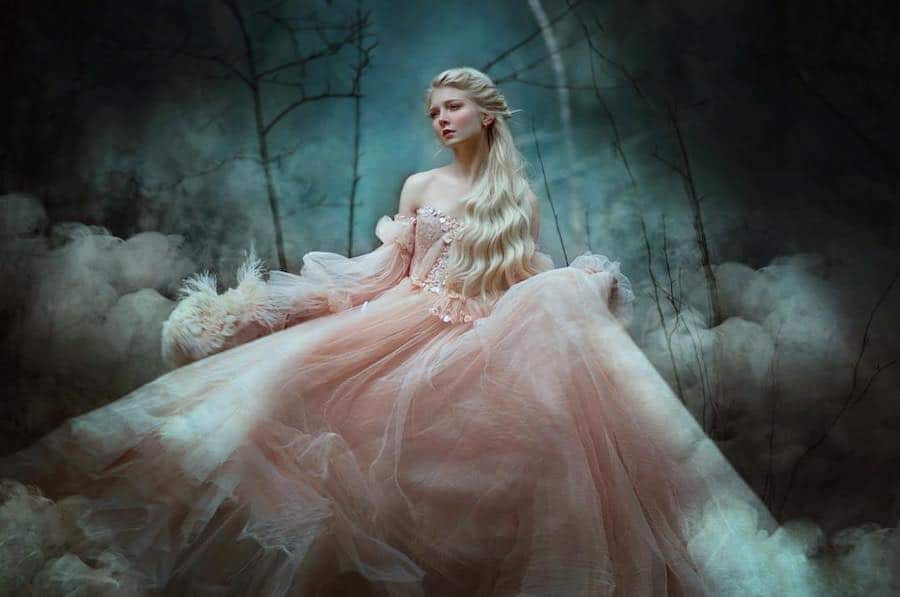 Has your musical background influenced your work?
Has your musical background influenced your work?
I think music, although not a direct influence in my photography, has definitely changed the way I approach a photograph. I prefer not to think about technicalities as a starting point, for example.
In piano, the most important value to remember is: how do you convey a message to the listener, using no words? How do you break a heart, bring a smile to a face, or paint a specific picture using only sound?
To get to this point, one would need to be technically proficient (of course) in order to be convincing with their craft—but it is how you manipulate these skills to create a reaction from your audience. This requires the player to be quite empathetic with emotions, and to be very in touch with something that musicians call “color,” which is a specific tonal quality to a sound that can change depending on what atmosphere you are trying to convey.
In photography, I view emotions in the same manner. How do I tell a story with this image? How do I want my audience to feel? What would I need to achieve this? What specific colors would be appropriate? How should I communicate with my model to make this happen?
It is, of course, an everlasting journey of learning and improvement here—but at least I know that my starting point for everything will remain the same.
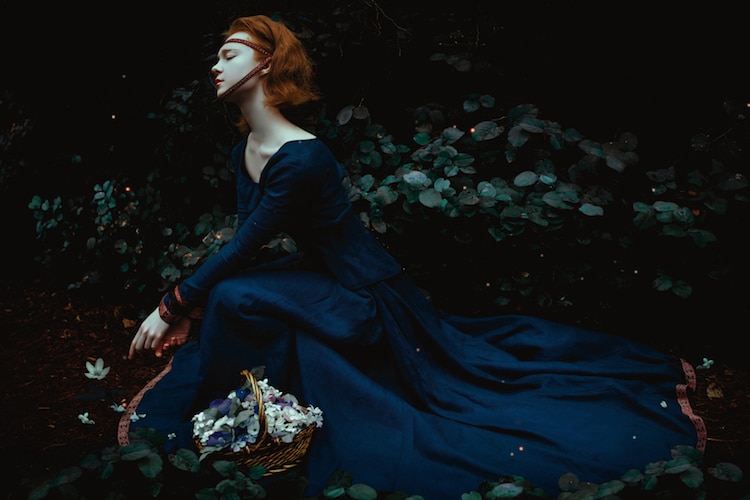
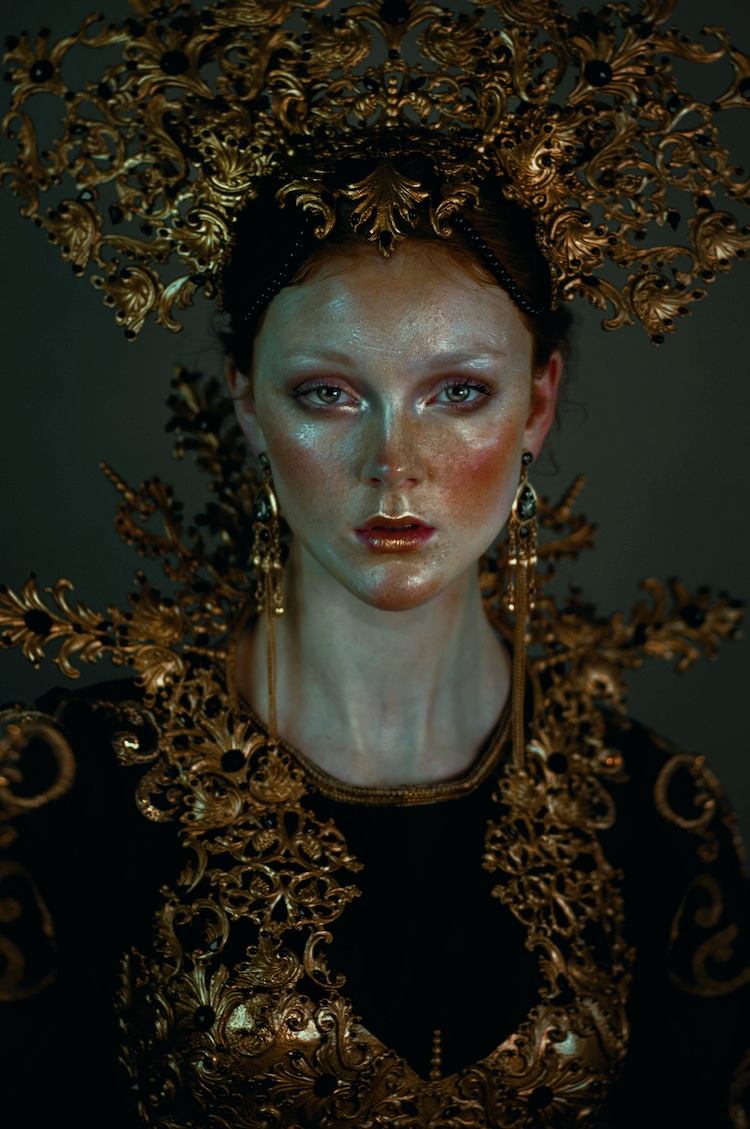 How would you characterize your photographic style?
How would you characterize your photographic style?
I feel like my style is fine art photography, mixed in with very liberal retouching. I have shot more subdued fashion and lifestyle when needed—but my personal work always falls within the previous realm.
Although most images of any style are manipulated nowadays, I tend to push it a step further to enter a more fantastical realm through painting and composites, as I wish to imitate the feeling of imagination (as opposed to staying with a realistic representation of my subject). I really enjoy the act of creative retouching—and I want most of my work to be visually recognizable through consistency in style and subject matter. However, what I need to begin the whole process is a solid photo with a good team that knows what I am trying to bring to life. I cannot begin to express just how much I love the people I’ve worked with—those who speak the same language as my heart.
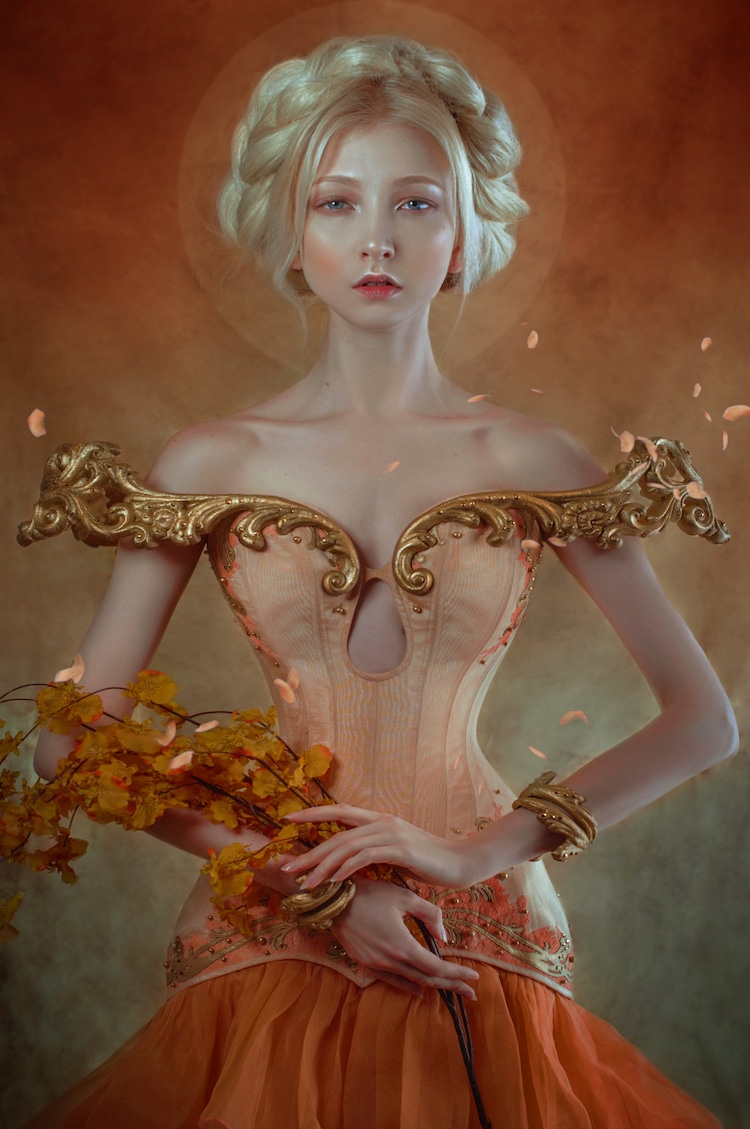
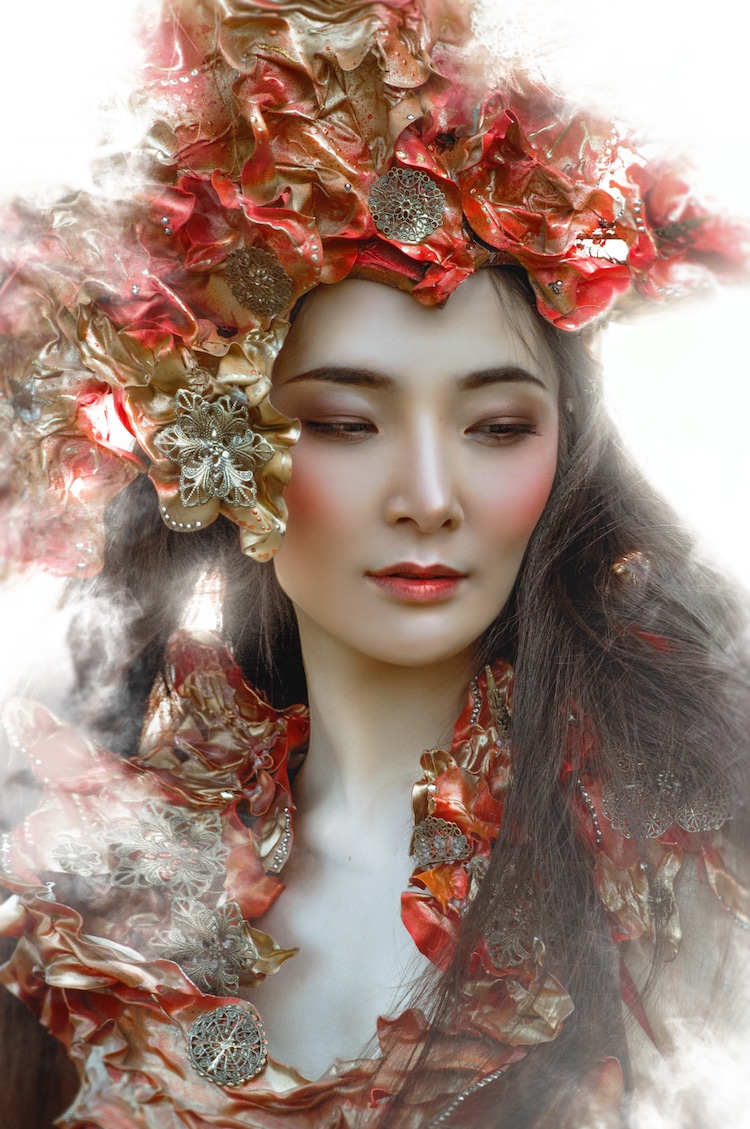 You often create fantastical photos that emphasize storytelling. What inspires this approach?
You often create fantastical photos that emphasize storytelling. What inspires this approach?
To be honest, I think it’s due to the fact that I was (and still am) a massive dork who absolutely loved epic tales, folk legends, movies, and roleplaying games. A good story awakens something within us—whether it is a film that we always return to whenever feeling sad, a book which has impacted our childhood, or a character that resonates with us. There is always at least one title out there that has changed the way we view the world. A good story is escapism and empowerment.
Although I have much to work on still, my ultimate goal is to inspire others and to hopefully get their heads back up in the clouds, away from the grueling grey of adult life. We do not have to lose the spark of wonder we had as a child—that very specific feeling when we lived daily seeing wonderful things in the most mundane of objects, or life and love in our inanimate toys.
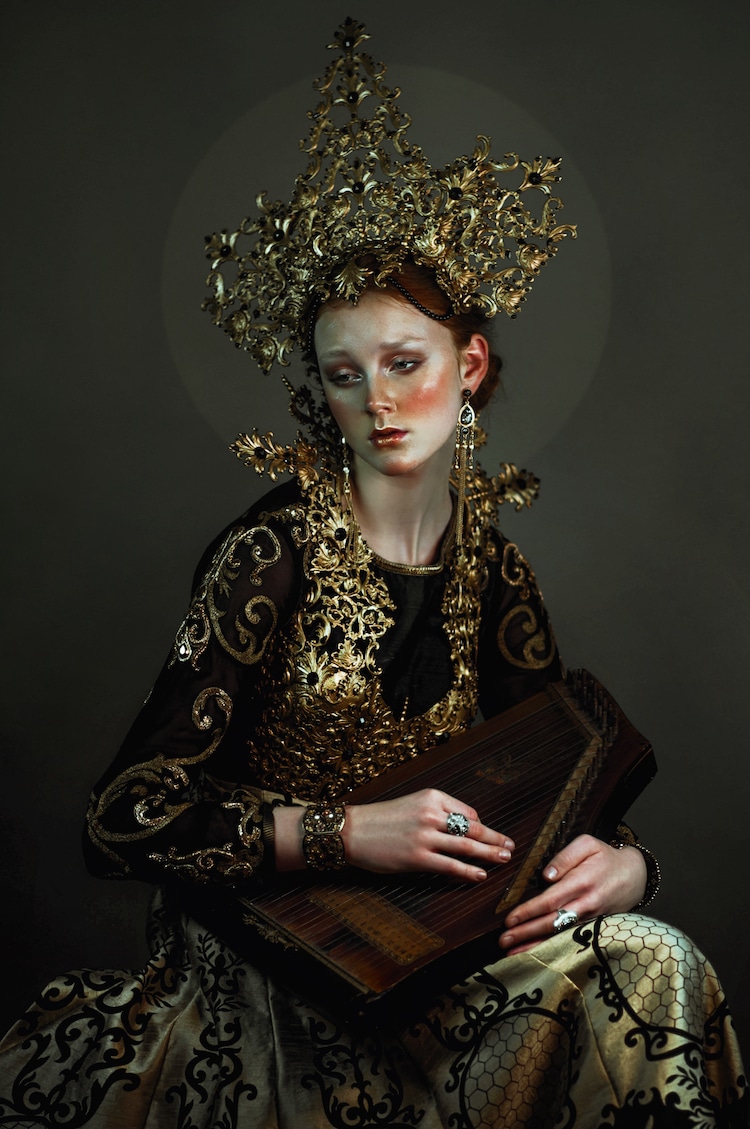
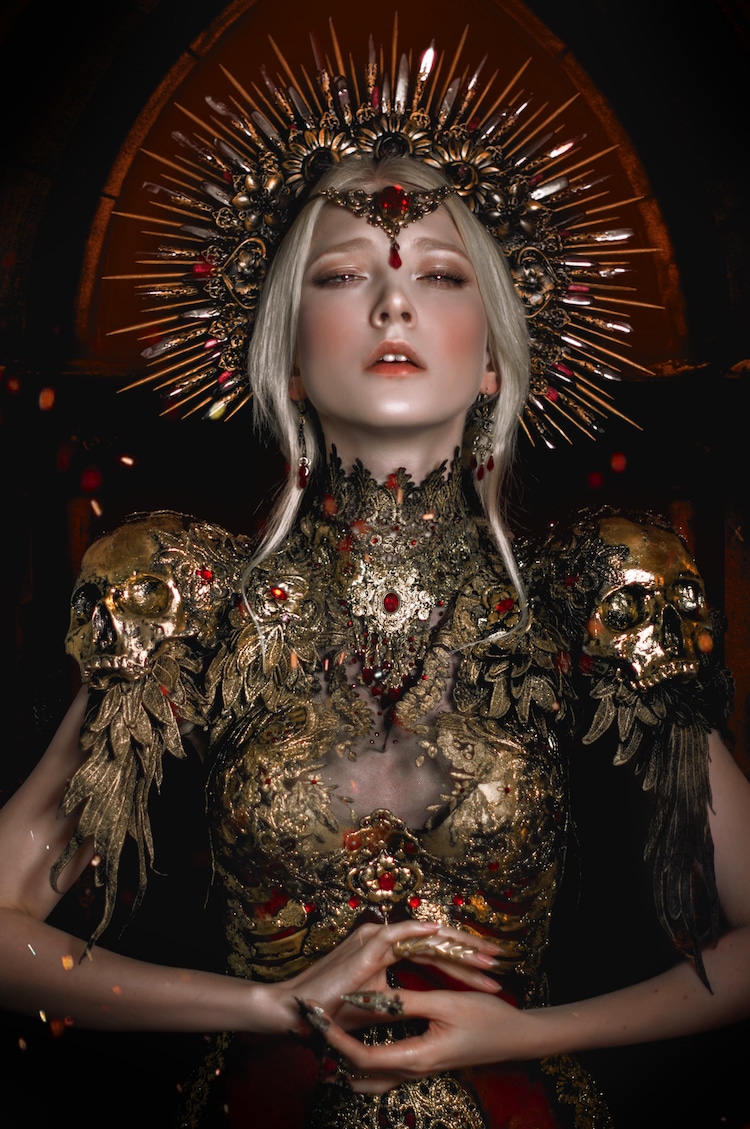 What challenges have you faced as a photographer?
What challenges have you faced as a photographer?
Money and funding is a major challenge. I’ve only recently gotten my second camera just last month, and I worked with the same Nikon D90 since I started. Most of my finances went into schooling, so getting the gear to work with has been tough. Nevertheless, I see that changing…step by step. Other challenges include conveying my mind’s eye to new teams, and to get everyone on the same page. This is why communication is so important between everyone involved!
I have also faced criticism of my work from purists who don’t call it photography due to the manipulation involved. I can see their point, but I’ve learned to skip to the beat of my own drum and to do what makes me happy.
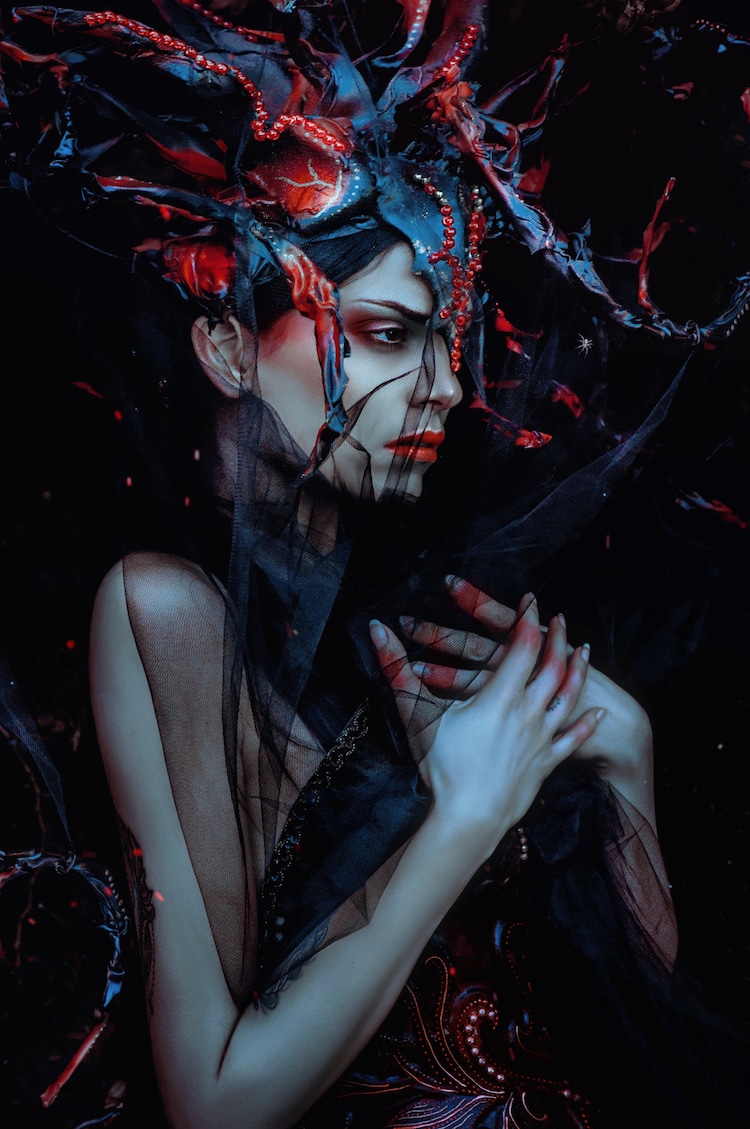
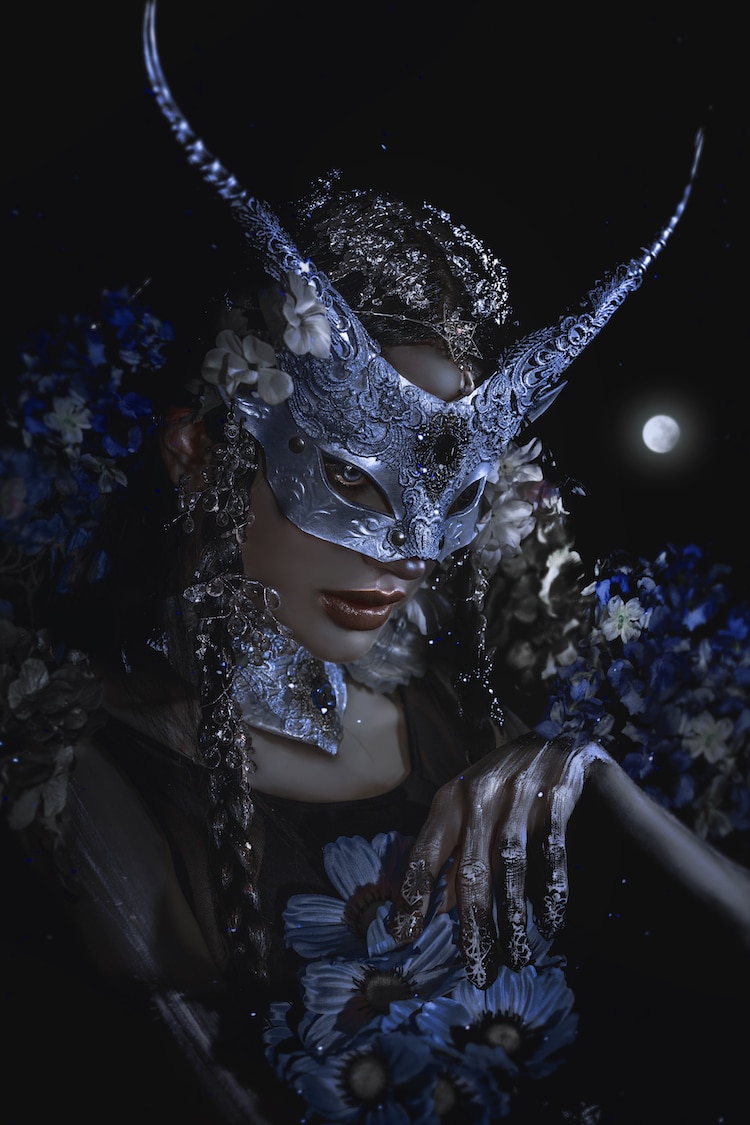 We can’t wait to see more of your work! Do you have any upcoming projects?
We can’t wait to see more of your work! Do you have any upcoming projects?
Yes! I hope to do more personal work this year, especially now that I finally have a full-frame camera. I will say that I am finally working with a couple of wishlist models in the coming few months, so that alone is very exciting to me.
Thank you so much again for having me!
See more of Liu’s “photo artistry” in action with this collection of epic photography.
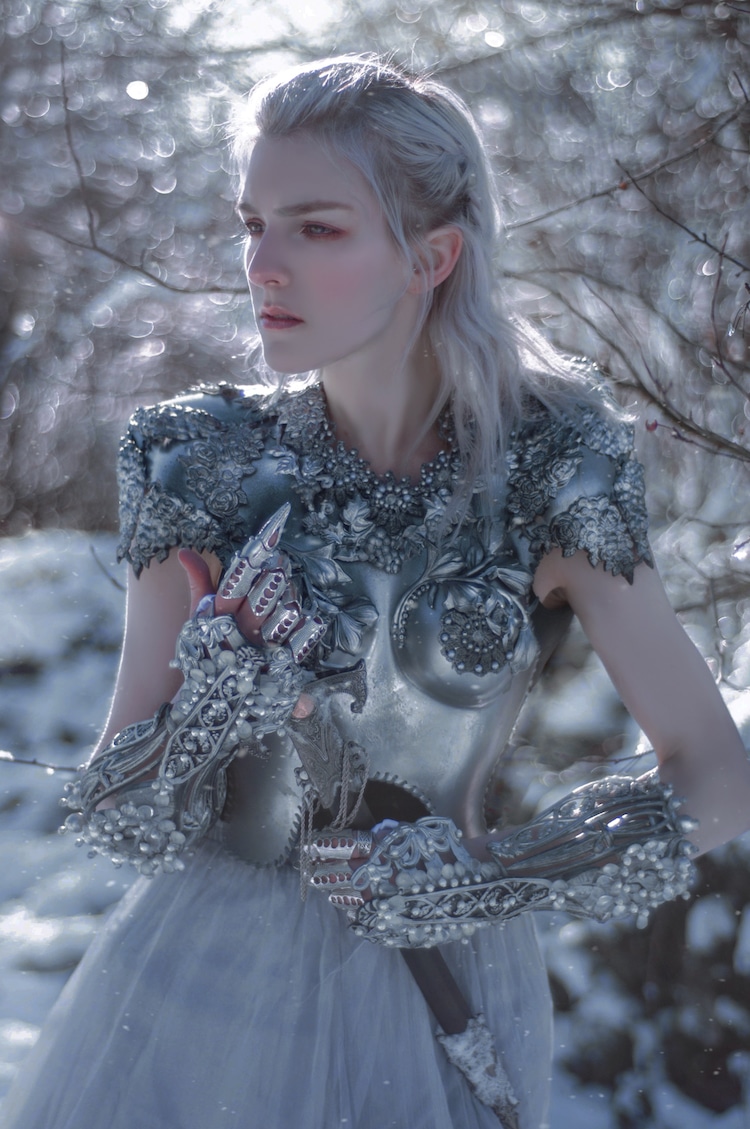

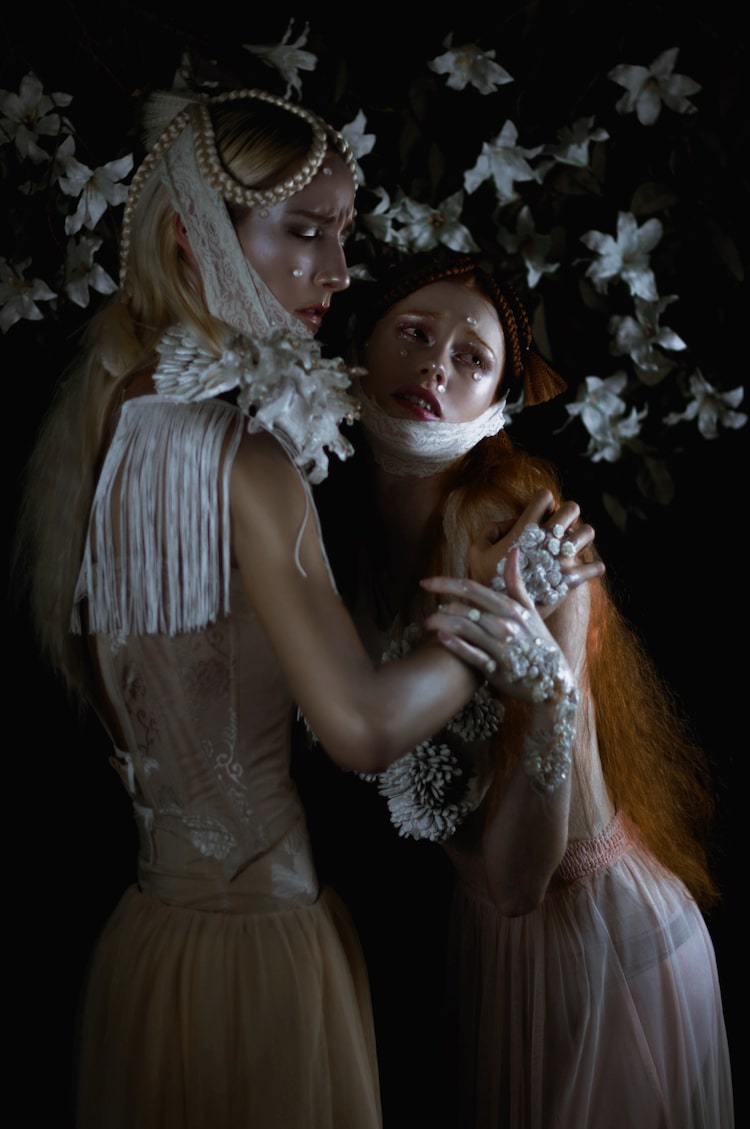
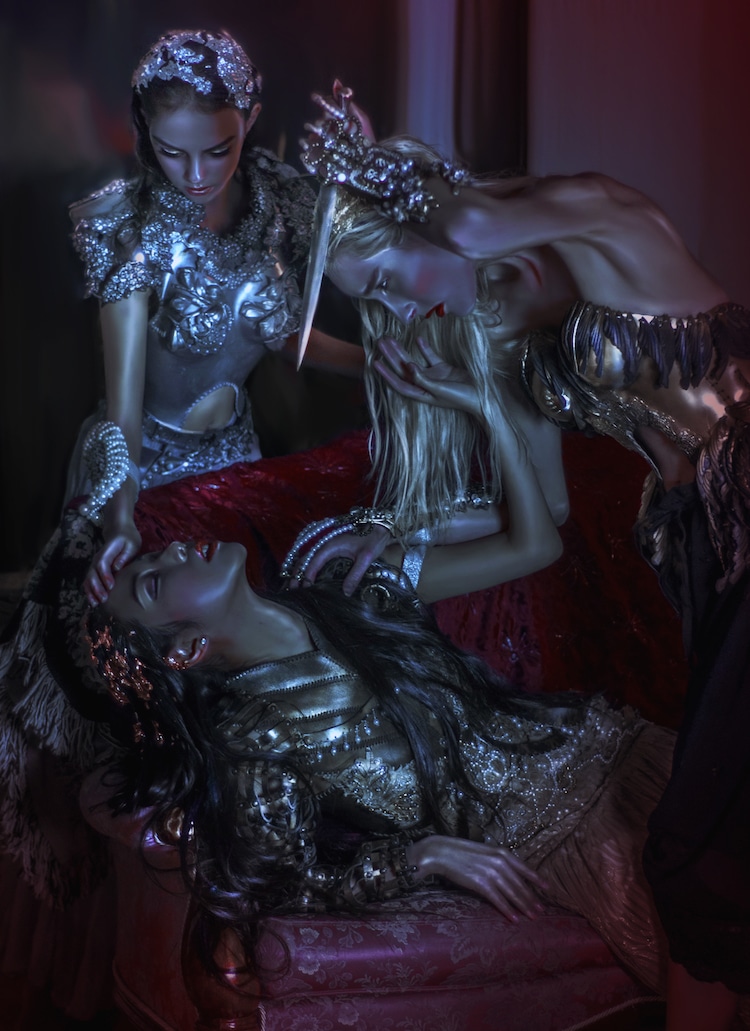
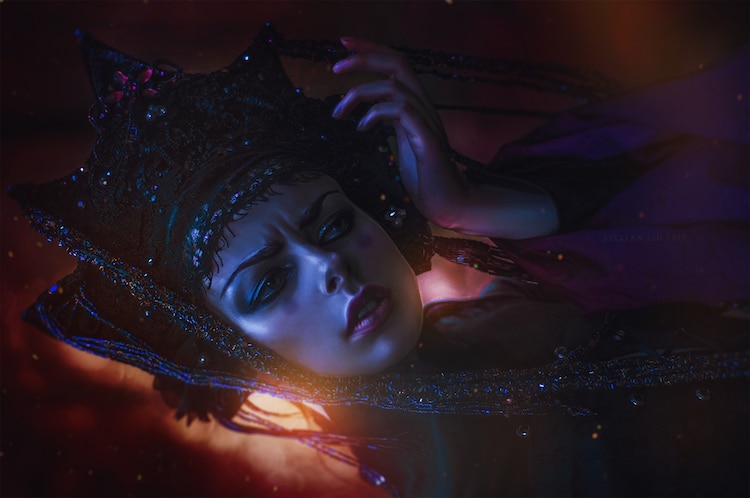
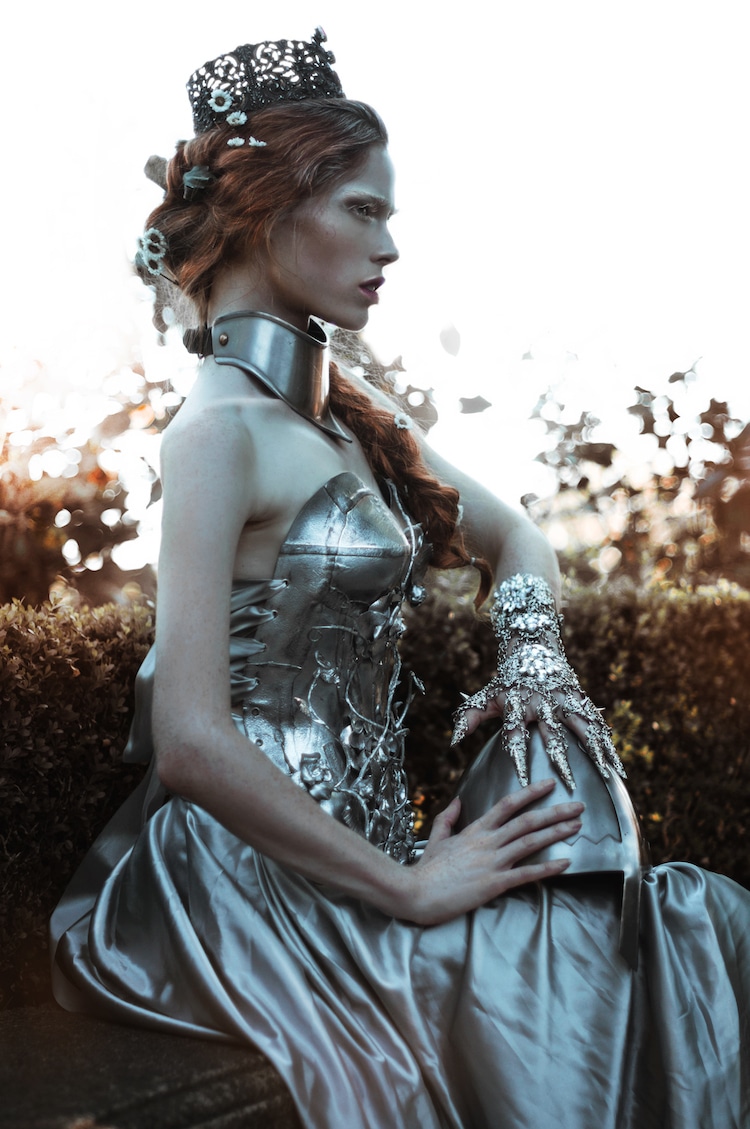
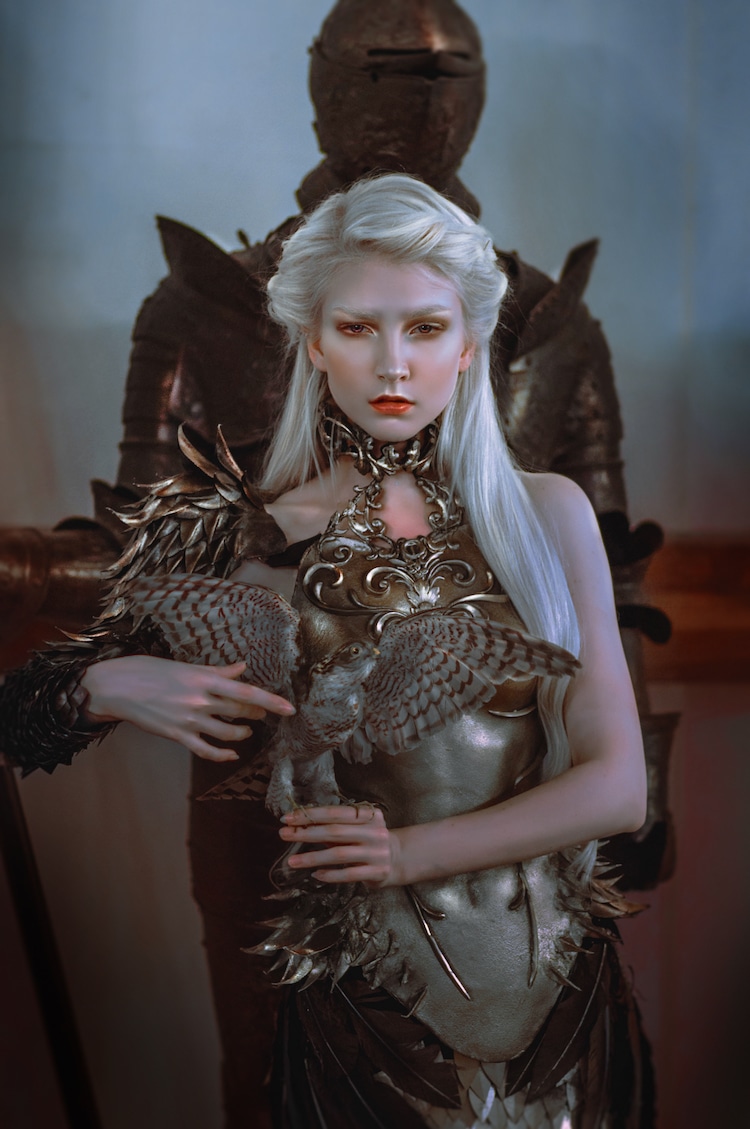
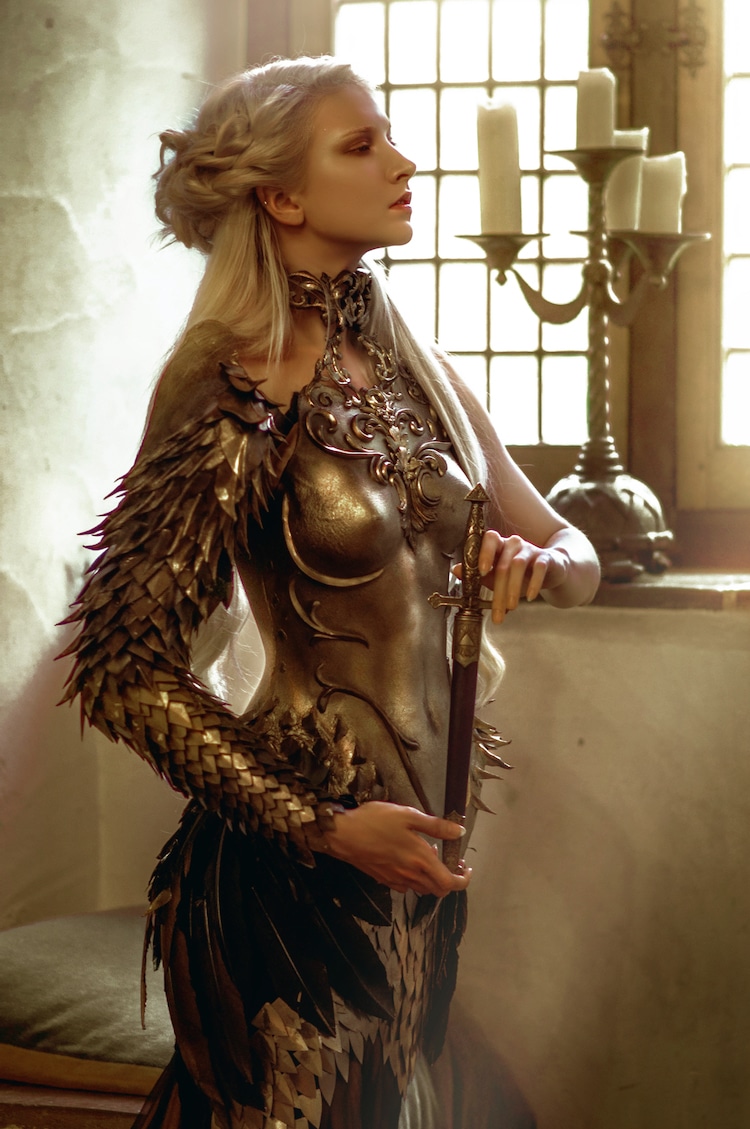
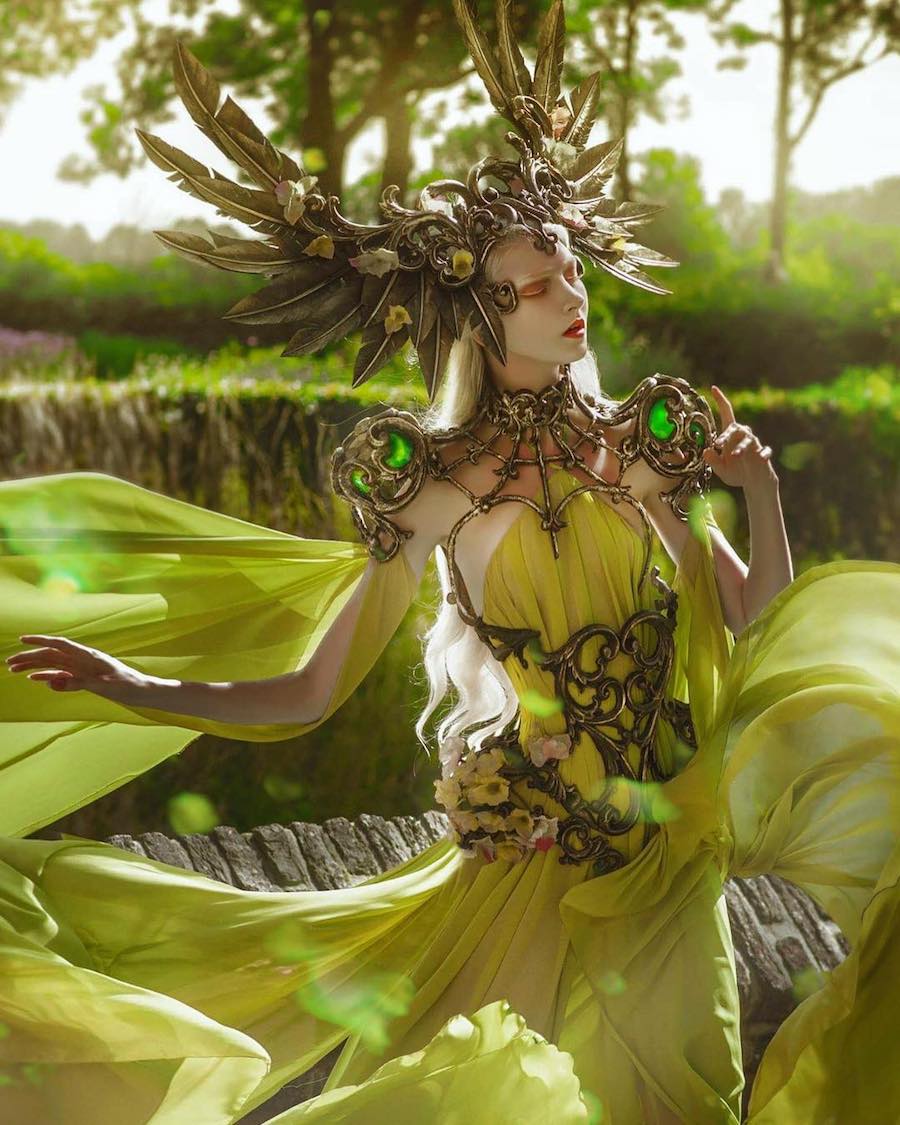 Lillian Liu: Website | Instagram | Facebook | Patreon
Lillian Liu: Website | Instagram | Facebook | Patreon
My Modern Met granted permission to use photos by Lillian Liu.
Related Articles:
10 Enchanting Photo Series Inspired by Fairytales
Interview: Spiritual Photographer Captures Spellbinding Images Inspired by Fairytales
Enchanting Headdresses Inspired by Elysian Fantasy and Fairytales
